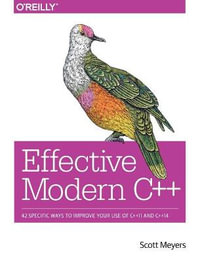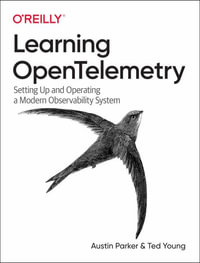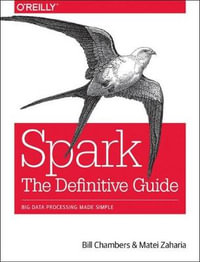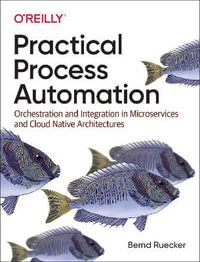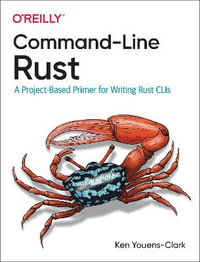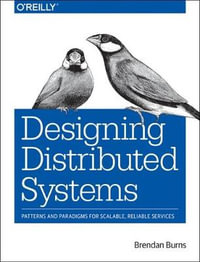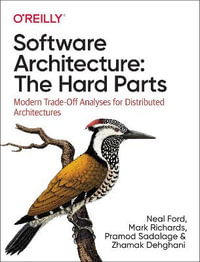| Introduction | p. 1 |
| Radio Channel Behavior | p. 2 |
| Basics of the OFDM Transmission Technique | p. 5 |
| OFDM Combined with Multiple Access Schemes | p. 10 |
| Channel Modeling | p. 15 |
| Joint Space-Time-Frequency Representation | p. 16 |
| Multidimensional Channel Sounding | p. 17 |
| Extraction of Parameters for Dominant MPCs | p. 17 |
| Deterministic Modeling | p. 18 |
| Relevant GTD/UTD Aspects | p. 18 |
| Vechicle2X Channel Modeling | p. 19 |
| Stochastic Driving of Multi-Path Model | p. 20 |
| Usage of the Large-Scale Parameters for Channel Characterization | p. 21 |
| Relaying | p. 24 |
| Cooperative Downlink | p. 24 |
| Link-Level Aspects | p. 33 |
| OFDM Data Detection and Channel Estimation | p. 33 |
| Introduction | p. 33 |
| Data Detection in the Presence of Nonlinear Distortions | p. 33 |
| Joint Data Detection and Channel Estimation | p. 39 |
| Spreading | p. 47 |
| Introduction | p. 47 |
| MC-CDM and MC-CAFS | p. 48 |
| Simulation Results | p. 49 |
| Concluding Remarks | p. 51 |
| Iterative Diversity Reception for Coded OFDM Transmission Over Fading Channels | p. 54 |
| Introduction | p. 54 |
| Turbo Diversity | p. 55 |
| Optimization for Turbo Diversity | p. 56 |
| Performance Evaluation | p. 57 |
| Summary | p. 59 |
| MMSE-based Turbo Equalization Principles for Frequency Selective Fading Channels | p. 61 |
| Introduction | p. 61 |
| System Model | p. 61 |
| MMSE Turbo Equalization Principles | p. 62 |
| Summary | p. 66 |
| Peak-to-Average Power Ratio Reduction in Multi-Antenna Scenarios | p. 69 |
| Introduction and Overview on PAR Reduction Schemes | p. 69 |
| PAR Reduction Schemes for MIMO Transmission | p. 71 |
| Numerical Results | p. 74 |
| Summary | p. 74 |
| Single - vs. Multicarrier Transmission in MIMO and Multiuser Scenarios | p. 81 |
| Introduction | p. 81 |
| Point-to-Point MIMO Transmission | p. 81 |
| Up- and Downlink Scenarios in Multiuser Transmission | p. 82 |
| Aspects of Channel Coding | p. 84 |
| Summary | p. 85 |
| Successive Bit Loading Concept | p. 90 |
| Introduction | p. 90 |
| System Model | p. 91 |
| Bit Loading Algorithm | p. 92 |
| Results | p. 94 |
| Summary | p. 96 |
| Adaptive Transmission Techniques | p. 98 |
| Introduction | p. 98 |
| Adaptive Modulation and Coding | p. 98 |
| Adaptive MIMO Transmission | p. 99 |
| Signaling of the Bit Allocation Table | p. 102 |
| Automatic Modulation Classification | p. 103 |
| Summary | p. 105 |
| System Level Aspects for Single Cell Scenarios | p. 109 |
| Efficient Analysis of OFDM Channels | p. 109 |
| Introduction | p. 109 |
| The Channel Matrix G | p. 109 |
| Common Channel Operator Models | p. 111 |
| Computing the Channel Matrix G | p. 112 |
| Generic Description of a MIMO-OFDM-Radio-Transmission-Link | p. 115 |
| Introduction | p. 115 |
| System Model | p. 115 |
| Performance Analysis | p. 116 |
| Generic Model | p. 118 |
| Summary and Further Work | p. 120 |
| Resource Allocation Using Broadcast Techniques | p. 122 |
| Motivation | p. 122 |
| Resource Allocation Algorithms | p. 122 |
| Rate Allocation for the 2-User Multiple Access Channel with MMSE Turbo Equalization | p. 128 |
| Introduction | p. 128 |
| Turbo Equalization | p. 128 |
| Rate Allocation using EXIT Charts | p. 129 |
| Summary | p. 131 |
| Coexistence of Systems | p. 133 |
| System Design for Time-Variant Channels | p. 136 |
| Multicarrier Systems for Rapidly Moving Receivers | p. 136 |
| Highly Mobile MIMO-OFDM-Transmission in Realistic Propagation Scenarios | p. 138 |
| Combination of Adaptive and Non-Adaptive Multi-User OFDMA Schemes in the Presence of User-Dependent Imperfect CSI | p. 142 |
| Introduction | p. 142 |
| Combining Transmission Schemes | p. 142 |
| Numerical Results | p. 143 |
| Integration of COFDM Systems with Multiple Antennas and Design of Adaptive Medium Access Protocols | p. 146 |
| Abstract | p. 146 |
| MAC Frame for SDMA Operation and Spatial Grouping | p. 146 |
| Hardware Implementation of COFDM Systems with Multiple Antennas | p. 147 |
| Large System Analysis of Nearly Optimum Low Complex Beamforming in Multicarrier Multiuser Multiantenna Systems | p. 150 |
| Introduction | p. 150 |
| System Model | p. 150 |
| Description of Algorithms | p. 151 |
| Approximation of the Ergodic Sum Rate with Large System Analysis | p. 152 |
| Numerical Results | p. 154 |
| Combined Radar and Communication Systems Using OFDM | p. 156 |
| Introduction | p. 156 |
| Signal Design | p. 156 |
| The Radar Subsystem | p. 158 |
| Measurements | p. 160 |
| Summary | p. 163 |
| System Level Aspects for Multiple Cell Scenarios | p. 165 |
| Link Adaptation | p. 165 |
| Motivation | p. 165 |
| Example of a Multiple Link Scenario | p. 165 |
| Adaptation of Physical Link Parameters | p. 169 |
| Cross-Layer Adaptation | p. 176 |
| Multiple Link Network - Overall Adaptation | p. 178 |
| System Concept for a MIMO-OFDM-Based Self-Organizing Data Transmission Network | p. 180 |
| Introduction | p. 180 |
| Beamforming Concepts | p. 181 |
| System Concept | p. 182 |
| Summary | p. 190 |
| Pricing Algorithms for Power Control, Beamformer Design, and Interference Alignment in Interference Limited Networks | p. 192 |
| Introduction | p. 192 |
| System Model | p. 192 |
| Distributed Interference Pricing | p. 193 |
| MIMO Interference Networks and Interference Alignment | p. 196 |
| Summary | p. 198 |
| Interference Reduction: Cooperative Communication with Partial CST in Mobile Radio Cellular Networks | p. 199 |
| Introduction | p. 199 |
| System Model and Reference Scenario | p. 200 |
| Significant CSI Selection Algorithm and Channel Matrix Formalism | p. 203 |
| Decentralized JD/JT with Significant CSI for Interference Reduction | p. 205 |
| Impact of Imperfect CSI on Cooperative Communication Based on JD/JT | p. 208 |
| Advanced Algorithm Based on Statistical Knowledge of Imperfect CSI | p. 210 |
| System Concept Based on Different Levels of Knowledge of CSI | p. 211 |
| Outlook | p. 211 |
| OFDM/DMT for Wireline Communications | p. 215 |
| Discrete MultiTone (DMT) and Wireline Channel Properties | p. 215 |
| Properties of the Twisted-Pair Channel | p. 215 |
| Discrete MultiTone (DMT) | p. 219 |
| Optical OFDM Transmission and Optical Channel Properties | p. 225 |
| Impulse-Noise Cancellation | p. 227 |
| Common Mode and Differential Mode | p. 227 |
| Coupling and Transfer Functions | p. 227 |
| Common-Mode Reference-Based Canceler | p. 227 |
| Impulse Noise Detection and Cancellation | p. 229 |
| Simulation Results | p. 230 |
| Dual Polarization Optical OFDM Transmission | p. 233 |
| Setup | p. 233 |
| Noise Variance Estimation | p. 234 |
| ADC/DAC Resolution | p. 237 |
| Forward Error Correction | p. 238 |
| BICM-ID System Model | p. 239 |
| Influence of the Applied Mapping | p. 241 |
| Simulations on the Performance of Coded OFDM | p. 241 |
| Summary | p. 243 |
| Index | p. 251 |
| Table of Contents provided by Ingram. All Rights Reserved. |


